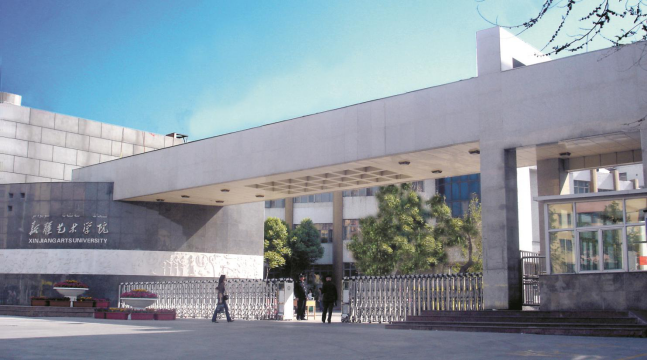Yunnan Arts University
Yunnan Arts University, founded in 1959 and located in the eternal spring city, Kunming of Yunnan Province, southwest China, is one of the 7 comprehensive art universities of China. Yunnan Arts University consists of such 11 faculties as Music, Dance, Drama, Film and TV, Fine Arts, Design, Arts and Cultures, Vocational and Continued Education, Marxism, Public Teaching, and one Center for South and Southeast Asian Art Exchange and Studies, and one Attached Art Middle School.
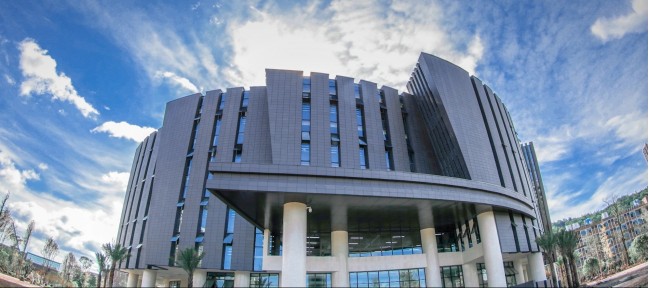
The university insists on the principle of inheriting tradition, studying folk, respecting diversity, serving society, and has formed the education system of ethnic and folk arts inheriting, protecting and innovating based on the abundant and colorful ethnic cultures of Yunnan province. Through years, Yunnan Arts University not only focuses on intangible protection but also cooperation with local governments and enterprises to create cultural products and promote the coalition of higher education, technology, economy and culture.
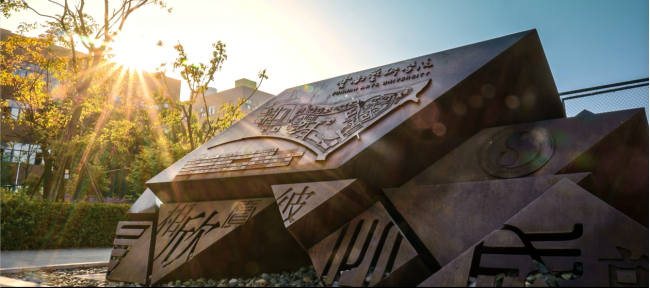
In recent years, the university has gained about 200 teaching quality prizes, 38 out of which are at national level, and 13 are at provincial. Moreover, our teachers and professors have conducted 30 national academic projects, 37 provincial and ministerial projects, and won about 500 prizes in various exhibitions and performance at different levels.

YUNNAN ARTS UNIVERSITY will keep applying the school motto of practicality, creativity and nobility, and the school spirit of support to achieve to enhance the quality of talent cultivation in hopes of making the university a regional high-level art university with international influence and distinctive characteristics. We sincerely look forward to working hand in hand with you to create a better future!
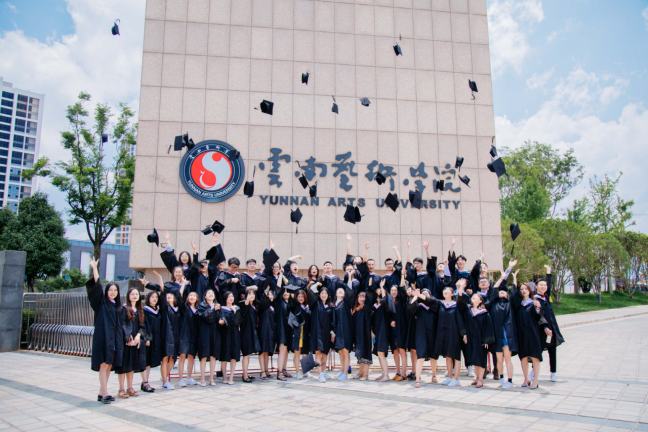
Nanjing University of the Arts
Located near the promenade of Qinhuai River, the mother river of Nanjing, Nanjing University of the Arts is the only comprehensive arts institute in Jiangsu Province. Nanjing University of the Arts is also the earliest art academy established in China.
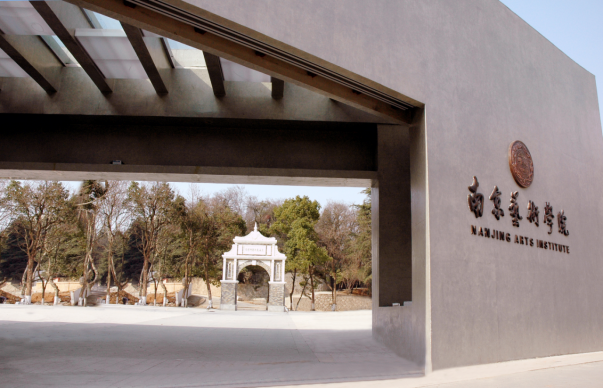
Nanjing University of the Arts currently consists of 14 schools, including schools of fine arts, music, design, movie and television, dance, media, popular music, industrial design, humanities, cultural industry, as well as the Summit College, College of Vocational and Adult Education, school of international education and school of Marxism. Presently, Nanjing University of the Arts has over 11,000 students, more than 1,000 existing staff members, including over 700 full-time teachers, 350 professors and associate professors, among whom there are over 60 PhD advisors and over 200 master’s supervisors. Moreover, the university also invites more than 100 visiting professors and scholars both from home and abroad, and part-time professors to give lectures.

After the development of more than one hundred years, Nanjing University of the Arts has become one of the most distinguished art universities in China and has enjoyed high reputation in China and the world.
Shandong University of Arts
Shandong University of Arts, founded in 1958, is located in Jinan. It is a university jointly built by the Shandong Provincial People's Government and the Ministry of Culture and Tourism of The People's Republic of China. Shandong University of Arts has the right to confer master's degrees in five first-level disciplines under the category of art and is the project construction unit for awarding doctor's degrees in Shandong Province from 2017 to 2023.
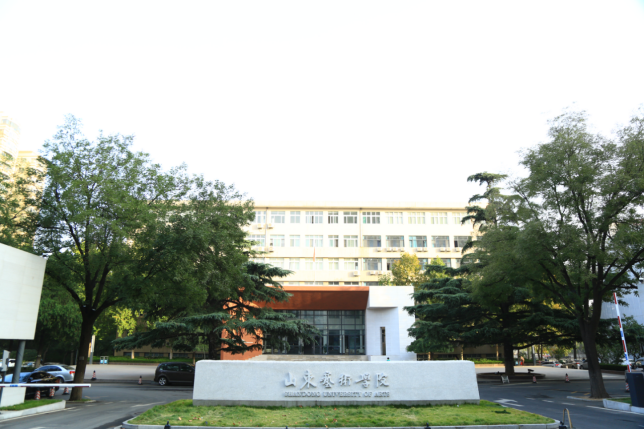
At the beginning of the SDUA's establishment, a large number of artists and art educators, who are well known in China, worked and lived here, which laid the foundation for the development of Shandong University of Arts and also laid a solid foundation for art education in Shandong. These artists, with their meticulous study and painstaking efforts, have left behind them not only artistic treasures for the society but also a precious spiritual wealth for the university, namely, the spirit of the school motto, ‘Hong Yue Shen Mei’.
The university has two campuses, Wendong and Changqing, covering an area of more than 1,000 mu, with a construction area of nearly 370,000 square meters and a collection of more than 940,000 books in library. There are 15 teaching units with more than 11,000 full-time students and nearly 1,000 faculty members.
The university has 31 undergraduate programs with 50 major directions and 6 junior specialties, among which there are 3 state-level characteristic specialties, 6 Shandong provincial brand characteristic specialties and 2 Shandong Provincial high-level applied project construction specialty groups. 1 national Talent training model Innovation experimental area; 1 Shandong provincial first-class discipline cultivation and construction discipline,3 Shandong provincial key disciplines,8 Shandong Provincial key disciplines of culture, art and science; There are 19 Shandong provincial quality courses, 4 Shandong Provincial Excellent teaching teams, and 15 Shandong Provincial Teaching Achievement Awards. There are 4 provincial research and training bases.
Since its founding 61 years ago, Shandong University of Arts has trained more than 40,000 qualified artistic talents for the country and society, and produced a large number of outstanding graduates, making important contributions to the development and prosperity of Shandong and the national cultural and artistic undertakings.
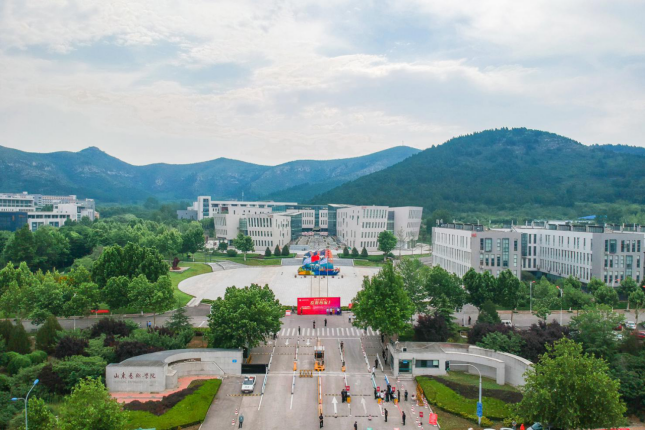
Jilin University of Arts
Jilin University of Arts is the only comprehensive art college of higher education in northeast China. The university was developed from School of Lu Xun Literature and Art of Northeast University (today’s Northeast Normal University) in 1946. In 1958, Jilin College of Art was founded, which was formally renamed Jilin College of Art in 1978. In 1993, it was granted the right to confer master's degrees. In 1995, it joined the first rank of universities with provincial key disciplines in Jilin Province. In 2020, it became a high-level and characteristic university in Jilin Province.
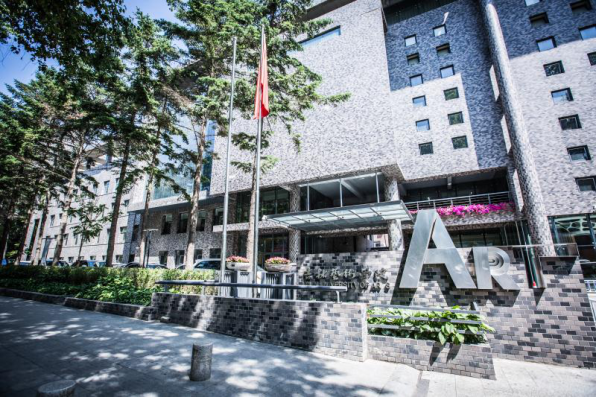
The university stays true to the tradition, popularizes the advantages and follows the rules of art of higher education. It has actively implemented the "Teaching Quality Improvement Project" and "Innovative Artistic Talent Cultivation Project", established the idea of "project leads teaching; scientific research deepens the reform in teaching; performance promotes teaching, practice tests teaching", to cultivate applied and innovative artistic talents with high quality.
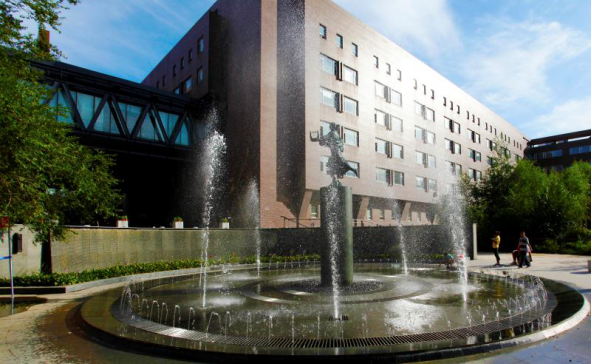
At present, the university has 5 first-level disciplines at the master’s level including music and dance, fine art, design science, drama and cinematography, and art theory, all of which are advantageous and characteristic disciplines of Jilin Province. It also has 42 undergraduate majors, almost covering all art majors in the Undergraduate Specialty Catalogue of Higher Institutions, among which 5 are national first-class disciplines, 3 are state-level characteristic disciplines, and 12 provincial first-class disciplines.
Jilin University of Arts is committed to the school motto of "Erudite, Seeking truth, acme of perfection, superior beauty", carries forward the art education idea of "respecting artistic individuality and perfecting social personality", and strides forward towards the great goal of becoming "a high-level characteristic university of arts opening to the world, leading in China, full of distinctive characteristics and vitality".
Guangxi Arts University
Guangxi Arts University is located in the picturesque city of Nanning, the capital of Guangxi Zhuang Autonomous Region, which is the permanent seat of China-ASEAN Expo and one of the major cities in the Beibu Gulf Economic Zone. We are now jointly supported by the Ministry of Culture and Tourism of the People’s Republic of China and the People’s Government of Guangxi Autonomous Region. Guangxi Arts University is renowned for its quality education and distinctive local features. Included in National Basic Ability Construction Project for Universities in Western and Central China, Guangxi Arts University is shortlisted for the doctoral degrees conferring institutions development project in Guangxi.

GXAU comprises sixteen faculties, namely, College of Fine Arts, College of Design, College of Chinese Painting, College of Music, College of Dance, College of Humanities, College of Film, Television and Media, Academy of Architectural Arts, College of Plastic Arts, College of International Education, College of Fine Arts Education, College of Music Education, College of Continuing Education, College of Marxism, General Education Department, and Affiliated Secondary School and one arts research institute. GXAU now enjoys an enrolment of about 15,000 students and a teaching staff of 1,000, with renowned artists in every major and specialty.

In 2016, twenty-two research projects were awarded the National Fine Arts Fund, resulting in GXAU to rank among the top of all the applicant institutions. Teachers and students alike have so far collected around 700 national and international awards in various competitions and events of the arts, such as The Golden Bell Awards, The Culture Awards, The Peacock Awards, The Peach and Plum Cup, The National Fine Arts Festival, The National College Fine Arts Festival, The National College Advertising Competition, The Chinese School Drama Festival, and The CCTV National Television Dance Competition. Meanwhile, GXAU’s Department of Fine Arts has successfully turned the Lijiang Painting School into the university’s own cultural brand as a means to reach to, and link with the outer world. Exclusively hosted by GXAU, China-ASEAN Music Week has figured as one of the three major contemporary music festivals of international influence in China.
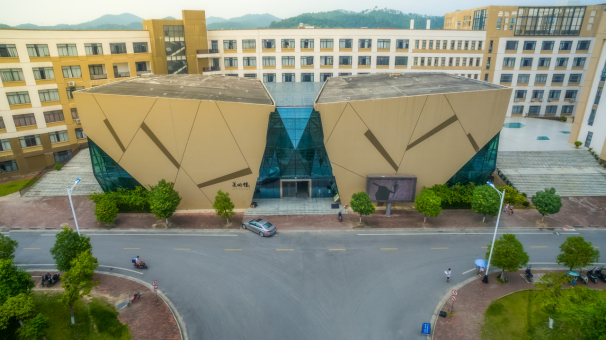
As China-ASEAN Training Center for Artists jointly designated by the ministry of foreign affairs and the ministry of education, GXAU has so far offered training programs for more than 500 high-caliber artists from ASEAN countries. There are currently three events held by GXAU which have already turned into specialized forums of international influence, namely the China-ASEAN Music Week, the China-ASEAN Forum on Architectural Space Design, and the China-ASEAN Dance Forum and Festival. In 2018, we succeeded in the bid to co-host the 2021 ISCM World New Music Week. As major initiator of ASEAN-China Arts Colleges Alliance, we have organized various cultural exchanges events hosted by governments at various levels to facilitate arts and cultural cooperation and artists’ cultivation.
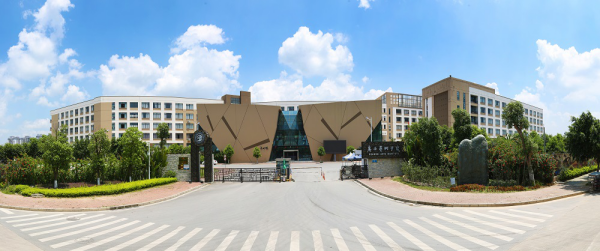
In the wake of national and provincial new situations of economic, social and cultural growth and development, upholding her motto of fraternity, diligence and sincerity, GXAU perseveres in improving and optimizing its infrastructures, paving the way for a brighter future, striving to fully implement its six major strategies of improving teaching, cultivating talents, developing disciplines, upholding local ethnic culture, and promoting international education. GXAU strives to become a leading international influence bearing the unique and distinct features of an all-inclusive arts university.
Inner Mongolia Arts University
Inner Mongolia Arts University is a comprehensive institution of higher education in arts located in the Inner Mongolia Autonomous Region. The university now has eight teaching departments including the School of Music, Department of Fine Arts, Department of Art Design, Department of Dance, Department of Theatre and Drama, Department of Culture and Arts Management, Department of New Media Art and Department of Public Education, as well as an affiliated secondary art school. It has five first-level disciplines (Art Theory, Music and Dance, Drama and Film Studies, Fine Arts, and Design), one second-level discipline (Cultural Industry Management), and 18 undergraduate majors. It is qualified to grant master's degrees in three first-level disciplines (Art Theory, Music and Dance, and Fine Arts) and one second-level discipline (Literary Theory), as well as doctor's degrees in one second-level discipline (Chinese Ethnic Art) under a first-level discipline (Ethnology). It has formed a complete system of ethnic art education featuring four levels from secondary, undergraduate, master to doctoral education. The university provides not only national quality courses, quality resource sharing courses and nationally featured majors but also autonomous region-level quality courses and key disciplines. It is a key research base of humanities and social science among autonomous region-level higher education institutions. It has established the Mongolian Young Chorus Art Talent Training Base of Inner Mongolia, Inner Mongolia Animation Industry Research and Development and Talent Training Base and Inner Mongolia Leather Art Industrialization Project Demonstration Base.
The university now has more than 5,000 enrolled students, 595 faculty members and more than 30 domestic and foreign guest professors. It has established an Ethnic Music Inheritance Station, invited a number of national and autonomous region-level "intangible cultural heritage" inheritors as resident artists in the university, and launched the construction of projects such as the Database of Inheritors of Inner Mongolian Ethnic Music, Database of Inner Mongolian Ethnic Music Tracks and Library of Audio-Visual Resources of Inner Mongolian Ethnic Music, realizing the inheritance of long song, morin khuur, khoomei and other intangible cultural heritages through maintaining an active practice of them. Meanwhile, the university focuses on the formation of a group of music and dance disciplines with strong ethnic and regional characteristics, manages to make significant breakthroughs in long song, morin khuur, khoomei, Mongolian dance, Errentai and other characteristic majors, forming distinct characteristics and outstanding strength.
Over the years, the university has been in extensive contact with domestic and foreign art schools, art groups and renowned experts and scholars. It is operating several "2+2" and "3+1" joint training programs, which has expanded the depth and width of international exchanges and cooperation. The ongoing cooperation with colleges and universities in countries and regions such as Denmark, Mongolia and Taiwan helps the university take a solid step toward greater openness.

Xinjiang Arts University
Established in 1958, Xinjiang Arts University is located in Urumqi, Xinjiang Uygur Autonomous Region's capital city known for singing, dancing and Chinese painting. It is one of China's seven provincial/autonomous region-level comprehensive art colleges and universities and the only comprehensive institution of higher education in arts in northwestern China.
The Party committee of the university adheres to the philosophy of educating people for the Party and training talent for the country, implements the basic task of fostering virtue through education, and highlights the quality development. For over 6 decades, the university has been committed to educating talent, making achievements in art studies and creating wonderful performances. It has made great achievements in prospering China's and especially Xinjiang's cultural and artistic undertakings, promoting the construction of spiritual civilization and expanding exchanges and development with foreign countries. It is honored as Xinjiang's main force of cultural and art talent training, a cultural communicator on the Silk Road and a cradle of artists at the foot of the Tianshan Mountains.
The university currently houses 12 teaching units including the Music School, Dance School, Fine Arts School, Design School, Calligraphy School, Media School, Drama, Film and TV School, Culture and Arts School, Marxism School, Public Basic Courses Department, Adult & Continuing Education School and Affiliated Secondary Art School, covering master, undergraduate, junior college and technical secondary education. Over the years, the university has been adhering to the motto of "balancing inheritance and innovation, pursuing both professional excellence and moral integrity", sticking to the path of "quality development", actively serving the development of China's and Xinjiang's cultural and artistic undertakings, carrying out extensive international cultural exchanges, and striving to achieve the ambitious goal of becoming a high-level comprehensive art university that features "distinctive characteristics, prominent advantages, domestic popularity and international exposure".
